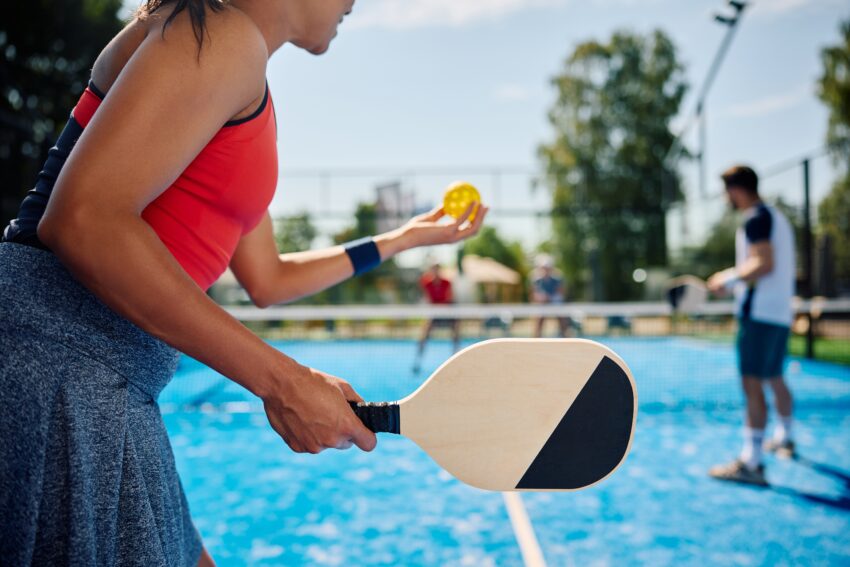Pickleball has rapidly gained popularity as a versatile sport suitable for players of all ages.
The demand for dedicated pickleball court installation has surged, reflecting the need for proper installation to ensure a safe and enjoyable playing experience.
Key Factors in Pickleball Court Installation
Choosing the Right Location
Selecting an appropriate location is crucial for the longevity and functionality of your pickleball court. Factors such as sun exposure, drainage, and proximity to other facilities should be considered to maximize player comfort and court durability.
Surface Options: Asphalt vs. Concrete
The choice between asphalt and concrete surfaces significantly impacts gameplay and maintenance. Asphalt offers a more forgiving surface, reducing joint strain and providing better shock absorption. Concrete, on the other hand, is highly durable but may require additional cushioning layers for player comfort.
Court Dimensions and Markings
Proper court dimensions ensure adherence to official standards and regulations. A standard pickleball court measures 20 feet wide by 44 feet long for doubles play, with clear boundary lines and a non-volley zone near the net. Accurate marking and measurement are essential to meet competitive standards.
Net and Post Installation
Installing a regulation net and sturdy posts is critical for gameplay integrity. Nets should be of appropriate height and tension to prevent sagging during play. Proper anchoring of posts ensures stability and safety for players.
Lighting Considerations
For venues hosting evening games or tournaments, adequate lighting is essential. LED lighting solutions offer energy efficiency and superior illumination, enhancing visibility and extending playing hours.
Fencing and Wind Screens
Enclosing the court with durable fencing enhances safety and restricts stray balls from neighboring areas. Wind screens reduce wind interference, maintaining consistent playing conditions and minimizing distractions.
Steps for Pickleball Court Installation
Site Preparation
Clear the designated area of debris and ensure a level foundation. Address any drainage issues to prevent water accumulation that could damage the court surface over time.
Surface Preparation and Construction
Depending on the chosen surface material, prepare the base accordingly. For asphalt courts, apply layers of asphalt mix and compact thoroughly. Concrete courts require meticulous pouring and leveling to achieve a smooth finish.
Marking and Net Installation
Accurately mark court dimensions using precise measuring tools. Install the net and posts securely, ensuring proper tension and alignment according to official guidelines.
Optional Features Installation
Incorporate optional features such as fencing, wind screens, and lighting systems based on the specific needs of your facility and players.
Maintenance Tips for Longevity
Regular Cleaning and Inspection
Perform routine cleaning to remove debris and prevent buildup that could affect gameplay. Inspect nets, posts, and court surfaces for signs of wear or damage, addressing issues promptly to extend the court’s lifespan.
Seasonal Maintenance
Schedule periodic maintenance tasks, such as resealing asphalt surfaces or repainting court lines, to maintain optimal playing conditions throughout the year.
Conclusion
Effective pickleball court installation involves meticulous planning, adherence to standards, and attention to detail. By following these comprehensive guidelines, you can create a high-quality pickleball facility that enhances player experience and stands the test of time.
Implementing these best practices ensures your pickleball court not only meets but exceeds expectations, providing a safe and enjoyable environment for players of all skill levels.


